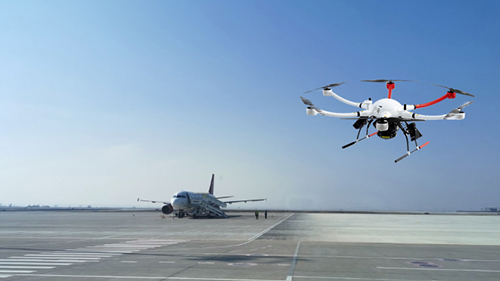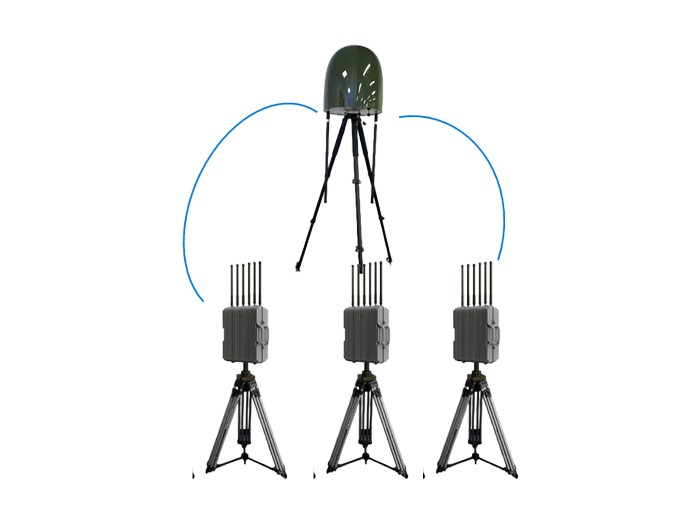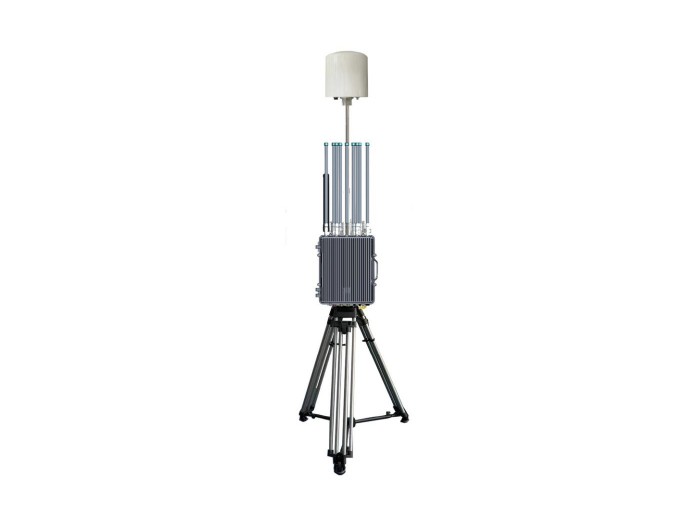Are Military Drones Silent? Understanding Noise and Stealth in Military UAVs
In today’s evolving battlefield, silence can be a critical factor in military operations. Many military enthusiasts and professionals alike often wonder: are military drones silent? As unmanned aerial vehicles (UAVs) become integral in reconnaissance, surveillance, and combat missions, minimizing noise emissions is a top priority. However, these drones typically generate sound from their engines, propellers, and electronic components, which can compromise stealth. Understanding how silent military drones really are, and the technology behind reducing their noise, is crucial for military strategists and tech enthusiasts alike. This article explores noise factors affecting military drones, current innovations in stealth technology, and practical methods used to reduce drone sound signature in the field.
What Determines the Noise Levels of Military Drones?
Military drones vary significantly in their noise output depending on their design, propulsion system, size, and mission type. Most military UAVs use rotary engines or propellers, which inherently produce mechanical noise — typically ranging from 50 to 90 decibels depending on altitude and drone size. For example, smaller quadcopters can be quieter compared to larger fixed-wing drones that depend on combustion engines. Noise primarily originates from the drone’s rotors cutting through the air and its engine operation. According to a study by the National Institute of Standards and Technology (NIST), rotor noise is the most dominant type of noise in multirotor systems, often described as a high-pitched buzzing or whirring sound.
Additionally, environmental factors like altitude, weather conditions, and obstacles affect how sound travels from drones. For example, at higher altitudes, noise dissipates more quickly and can be harder to detect on the ground. This is why many military drones operate at high elevations during surveillance missions—reducing potential sound detection.
The question of silence is nuanced; while military drones are not strictly silent, advancements in propulsion and materials enable a significant reduction in their acoustic signature during operations.
Technologies and Innovations Reducing Military Drone Noise
To enhance the stealth capabilities of military UAVs, engineers incorporate multiple noise-reduction technologies. Electric motors, which are quieter than traditional combustion engines, are increasingly common in tactical drones. Unlike combustion engines, electric motors eliminate exhaust noise and reduce vibrations — two major contributors to overall drone sound.
Additionally, manufacturers design specialized rotors with modified blade shapes and tips that reduce aerodynamic noise. For instance, blade tip designs inspired by owl wings can minimize the sharp buzzing sound produced by rotors. According to a 2022 report from the Defense Advanced Research Projects Agency (DARPA), such biomimetic designs can reduce drone noise by up to 30%, making them less detectable by enemy forces.
Another innovation includes sound-dampening materials integrated into the drone’s body to absorb vibrations. Coupled with advanced flight control algorithms that optimize rotor speed and power usage, these features work synergistically to minimize noise footprints.
Practical Applications: When Silence is Mission-Critical

Silent or low-noise drones are invaluable in covert reconnaissance, intelligence gathering, and special operations where the element of surprise is paramount. For instance, during tactical surveillance over hostile territory, a noisy drone risks detection and mission compromise. Military units often rely on smaller, quieter drones that can fly at higher altitudes or use electric propulsion to maintain a low acoustic profile.
A real-world scenario relates to the use of small quadcopters in urban warfare environments where noise echoes can give away drone location. Silent or near-silent drones allow operators to observe enemy movements without drawing attention from ground forces. This tactical advantage has been a game-changer in modern asymmetric warfare.
While completely silent military drones currently remain a technological challenge due to physical and mechanical constraints, quieter drone designs enable safer, more reliable operations in sensitive situations.
Recommendations for Understanding and Utilizing Military Drone Noise Levels
- Assess mission requirements carefully: Determine if a low-noise or silent drone is necessary depending on surveillance or combat needs.
- Choose drones with electric propulsion: Opt for UAVs powered by electric motors to reduce engine noise for stealthy operations.
- Leverage noise-reducing rotor designs: Select drones that utilize advanced blade technology to minimize acoustic signatures.
- Operate drones at higher altitudes: Flying higher can naturally reduce noise detectability on the ground.
- Consult with drone technology experts: Contact professional services for customized solutions that optimize drone stealth capabilities.
Want to learn more about military drone technology and noise reduction strategies? Visit our website for detailed insights and professional consultation!
Conclusion: Are Military Drones Silent or Just Quieter Than Before?
In summary, military drones are not completely silent but are becoming increasingly quieter thanks to advances in electric propulsion, rotor design, and noise-dampening materials. These improvements are crucial to maintaining stealth in military operations where noise can compromise success. Understanding the factors behind UAV noise and the innovations mitigating sound will help military professionals and tech enthusiasts make informed choices about drone deployment. To explore the latest in military drone technology and find silent or low-noise solutions tailored to your needs, contact us for a free consultation or visit our resource center. Your next mission’s success could depend on how quiet your drone really is!

















